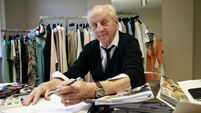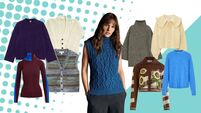New Gucci offers something for everyone, as opposed to everything for someone
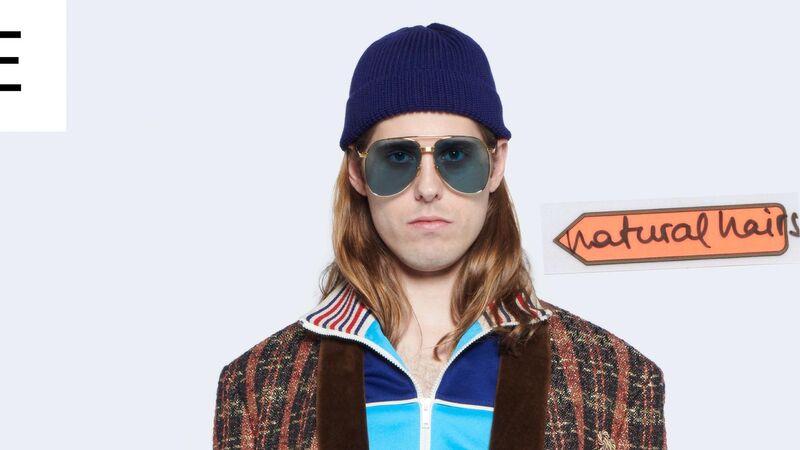
THAT Gucci is one of the world’s most influential fashion brands should come as no surprise, not even to the socially media agnostic or anyone who has never read a magazine.
The only way to have avoided the impact of Gucci on fashion, both women’s and men’s, in the past five years, would have been to have sequestered oneself on an island in the middle of the ocean and without digital access to civilisation.
In January 2015, after a few sleepy years and weakened profits, Gucci hired Alessandro Michele as creative director. The designer ushered in an eclectic mix of characters, references to both high and low culture, colour, and patterns. This was Gucci men’s reloaded.
Androgynous models, clothes that could easily belong to your grandparents, and nods to both complex philosophical theories and to Mickey Mouse were all part of the mix. It was a vintage aesthetic that captured the heart of younger generations as the second-hand market accelerated. It was a vision of masculinity that unabashedly embraced gender fluidity, with a broad spectrum of historical references, spanning the 1870s to the 1970s.
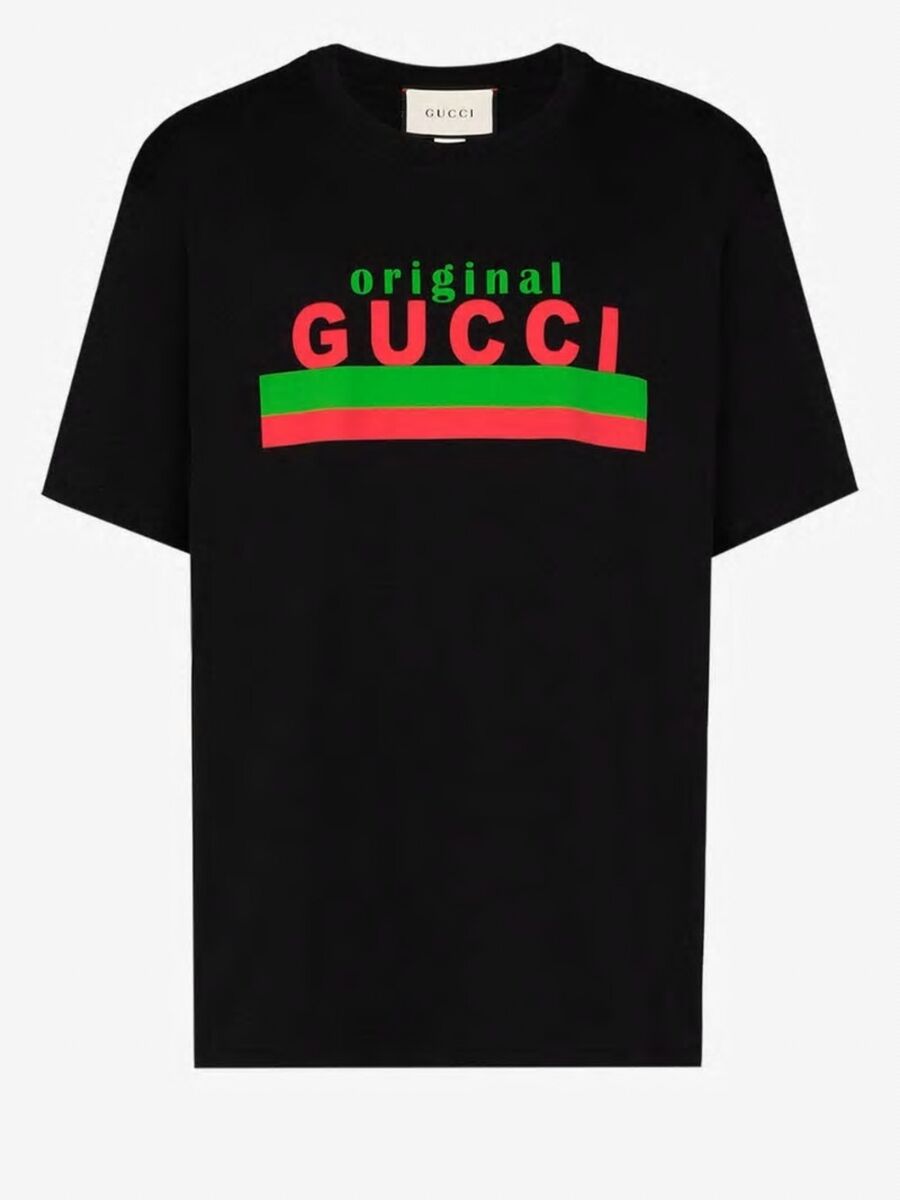
“Gucci has long been a pinnacle brand in the luxury world and what Alessandro did was give the brand a second lease of life; flamboyance, eccentricity, and pattern were the pillars to a shift change in what was becoming a minimal landscape,” said Thom Scherdel, a menswear buyer at Brown's Fashion in London.
Michele's looser interpretation of masculinity posed a stark contrast with the machismo of men’s fashion that came before it. From foppish femmes (think pussy-bow blouses and lace tops) to nerdy dudes (jam jar glasses), the new Gucci man unleashed a new sense of self.
The strict codes of men’s fashion were unceremoniously upended by kangaroo fur-lined loafers and lurid patterns. It has trickled down to the way celebrities, like Harry Styles and A$AP Rocky, dress and, in turn, their legions of followers and culture at large.
The coronavirus lockdown around the globe, which hampered Gucci’s first-half sales' objectives, and knocked the luxury industry off its feet, allowed Michele to consider the gluttonous nature of the hyperactive fashion industry. From here on out, Gucci will host two fashion shows per year, a combined men’s and women’s effort, with the output being more considered, emotionally resonant, and effective.
During the pandemic, he invited everyone to watch a 12-hour live-stream, in which an advertising campaign was photographed for a collection that will land in stores in November. Unlike previous campaigns, which have included Styles and actor Jared Leto, this one was shot entirely with a cast of those who work behind the scenes at Gucci. (Michele spent 13 years at Gucci as an accessories designer, before becoming creative director.)
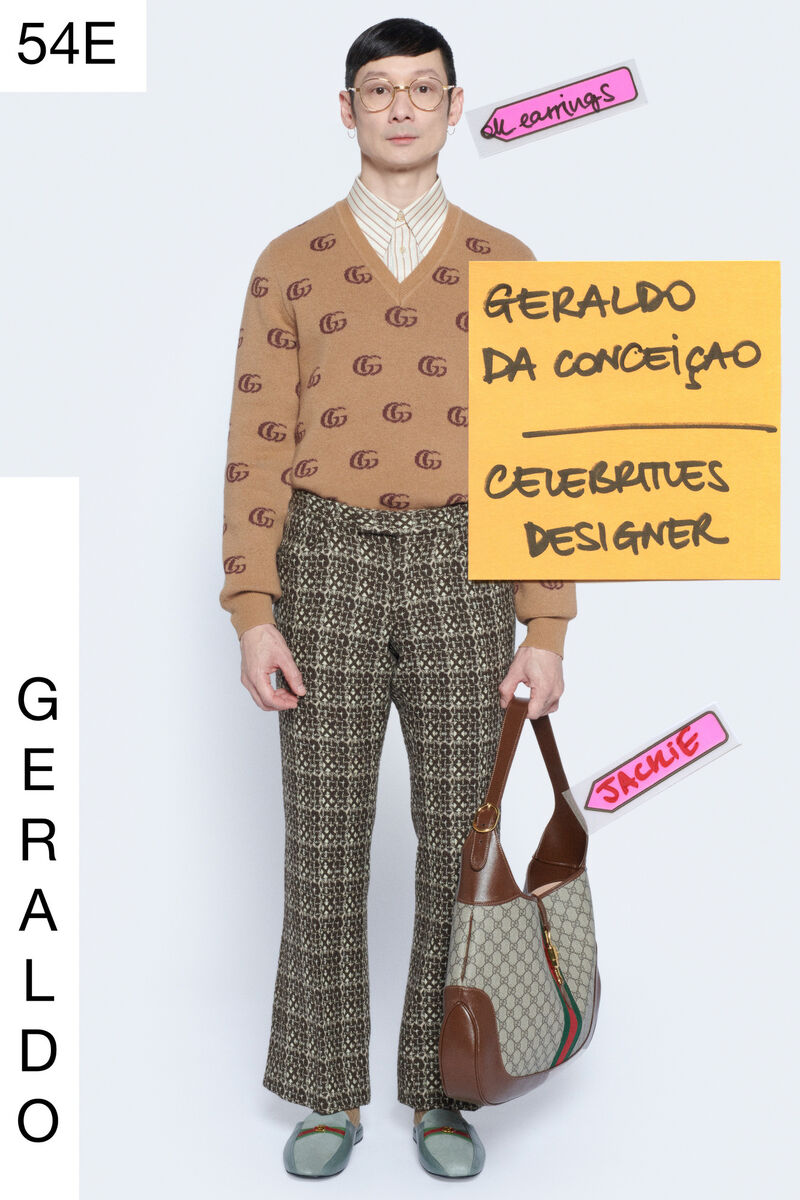
Meet some of the men behind the collection, dressed as they were in check trenchs, louche blue corduroys, and a striped t-shirt; a safari jacket, a matching star-print shirt and shorts, and a wagon-load of accessories. These are the names one never hears about. The ones who are given credit only in the form of their salary.
Simply put, it’s not just actors and athletes that define fashion anymore, but the bearded, spectacled, and unvarnished individuals who toil tirelessly. (Of course, there’s room for both. Styles and Leto often partner with the brand.)
Michele offers them glory in an attempt to, he said,
Beauty is a subjective term, of course. Since his first collection, Michele has been interested in those whose pulchritude is not defined by stereotypes. His cast of characters are weird, gawky, and peculiar. They are often willowy teenage boys dressed like octogenarians. It’s prompted a resurgence of fashion that simply remixed vintage finds.
To browse a Gucci store, carpeted with florals and lacquered with rich hues, would reveal the brand’s penchant for both high-end luxury consumers and aspirational clients. Alongside an almost €4,000 embroidered coat is a €350 t-shirt branded with the label’s logo. A floral embroidered garment is restricted for the deep-pocketed, but a graphic tee or a hoodie is achievable. On this playing field, even the most mundane products are luxury.

“I think the most important contribution Gucci has brought to luxury is that of hybridising it with street-wear — making T-shirts, sneakers, and hoodies 'luxury products' overnight,” said Luca Solca, a senior analyst at Bernstein, adding that while Gucci didn’t invent this hybrid, they “brought it centre stage among the high-end fashion and luxury brands”.
“It’s touched perfectly the different tribes, from avant-garde to street-wear and everything in between,” said Scherdel.
Michele is the kind of man who, on the same runway, will show a baby-doll dress over jeans, a sheer blouse, a suede trench coat, and a Mickey Mouse-emblazoned sweater. It’s the place where Donald Duck meets the eccentric florals of painter Ken Scott and Japanese manga characters, as those three did in the latest collection.
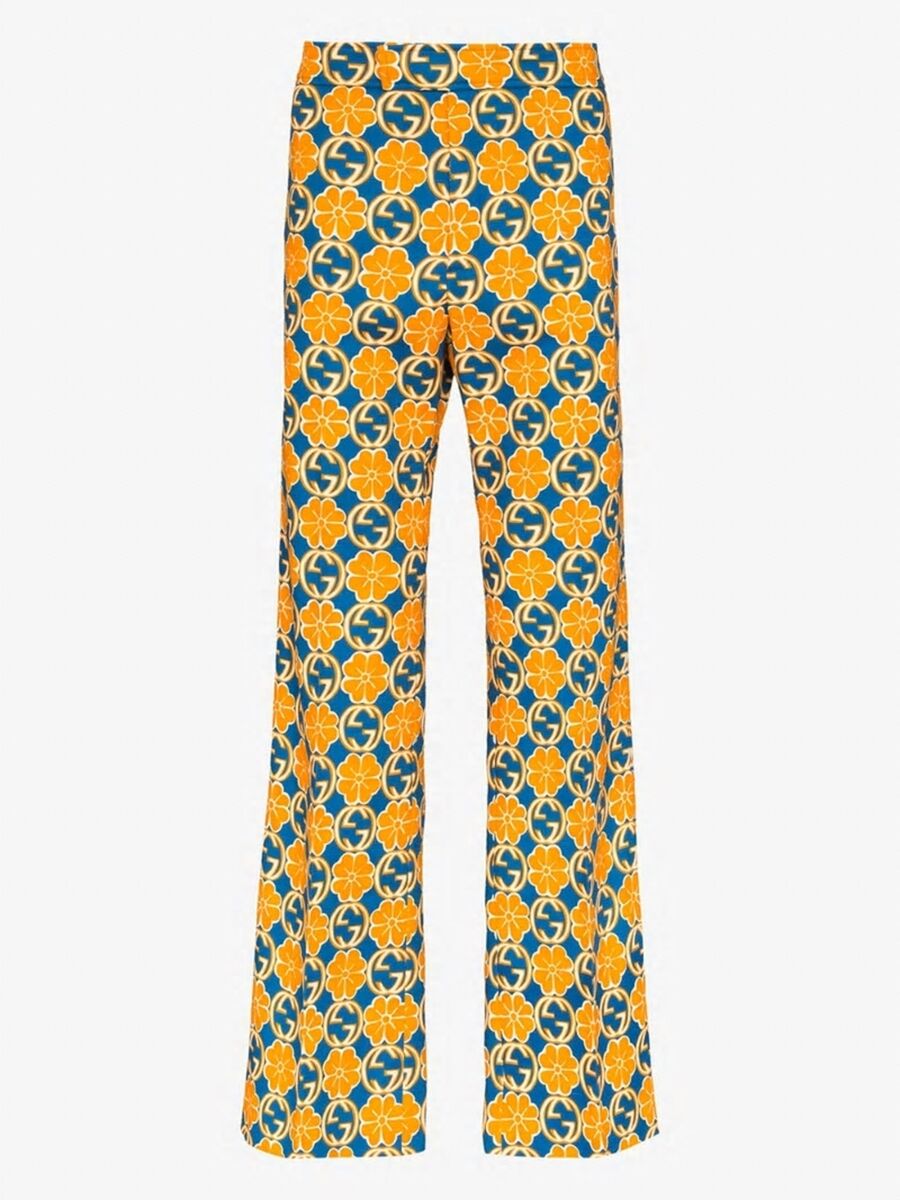
"Alessandro really put emotion and excess — colour, texture, references high and low — back into fashion for both men and women, creating a big-tent aesthetic, where nothing was too outre or out of bounds and everyone could find a home,” said Vanessa Friedman, fashion director and chief fashion critic at .
The most powerful currency in fashion is a culture of authenticity and inclusivity. While men’s fashion at Gucci is performative and laden with opulence, the brand’s desire to be something for everyone, as opposed to everything for someone, is what solidified an upward trajectory. When it comes to the everyman and his relationship with fashion, creating a space in which he is free to choose who he wants to be, without being moored to convention, is still thrilling five years on.





